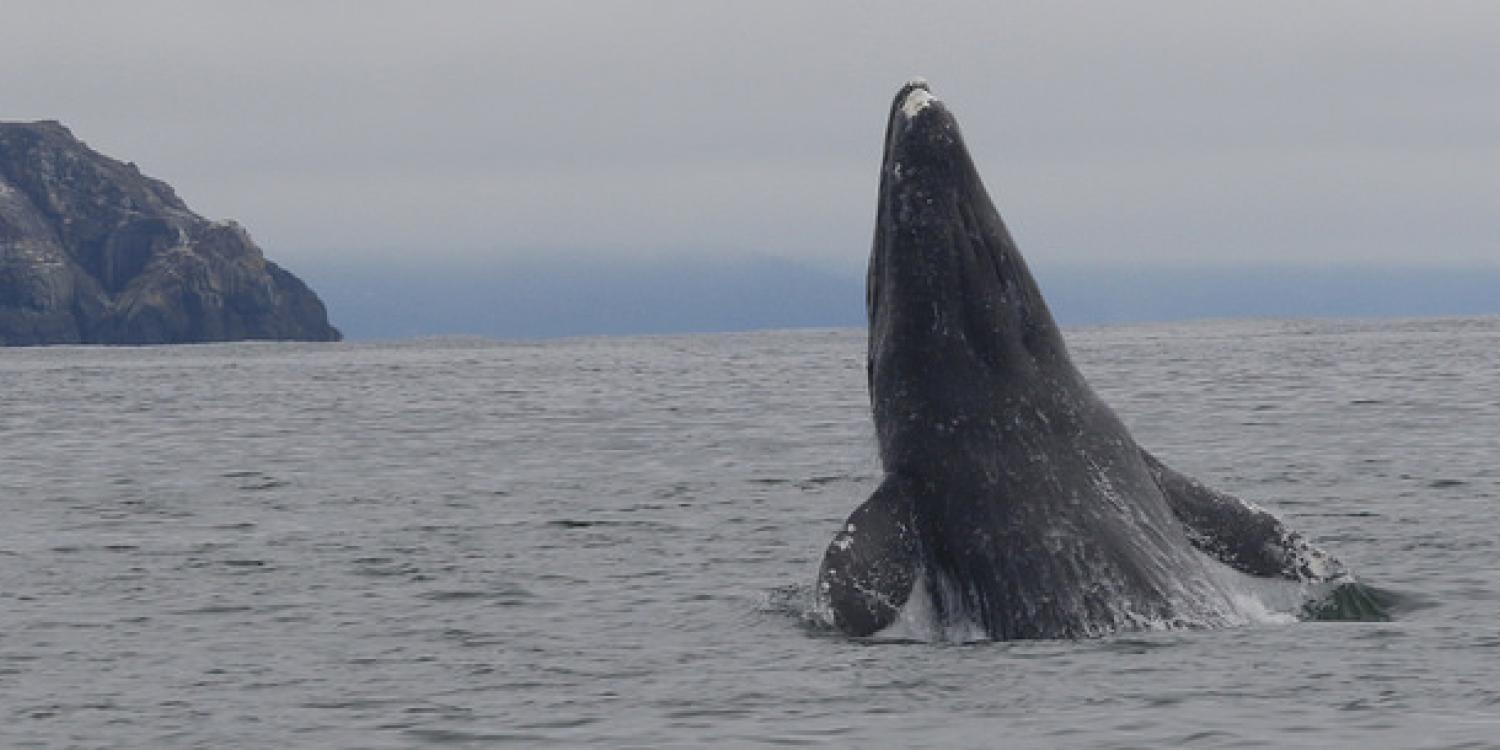
About 20,000 gray whales migrate past the Oregon Coast each year, of which about 200 stick around for the summer to feed. They share the water with whale-watching charters, recreational boaters and commercial fishermen. Data had been scarce about how proximity to the boats affects whales’ behavior and well-being.
Leigh Torres, Oregon Sea Grant’s marine mammals Extension specialist, and a graduate student studied gray whales’ feeding behavior, ecology and health along the Oregon Coast, and analyzed the animals’ reactions when vessels approach. They found several statistically significant differences in whale behaviors when vessels were present versus when they were absent.
For example, whales spent 8% less time searching for food when boats were around compared to when they weren’t. Whales were more likely to continue traveling when vessels were present, and less likely to stop and search for food. Researchers found that whales tolerated vessels if food was present. They noted, however, that whale presence does not necessarily indicate that vessels have no effect.
Whale watching in Oregon brings over $30 million and about 645,000 visitors to the Oregon Coast each year. Torres helped whale-watching charter boat companies, fishermen and conservationists develop voluntary guidelines for enjoying – but not disturbing – the whales. The recommendations were published in a brochure, which Oregon Sea Grant helped create.
Eight-thousand copies of the brochure were printed in its first run in 2017 and were widely distributed on the coast, including to the Oregon State Parks’ whale watching center in Depoe Bay and charter businesses in Depoe Bay, Newport and Port Orford. The Oregon Parks and Recreation requested an additional 2,000 brochures.